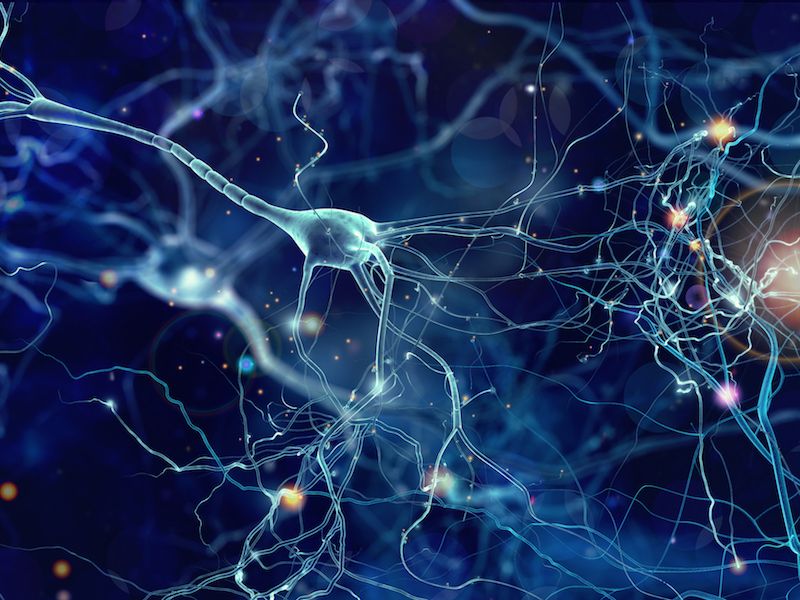
Do you invest much time thinking about your nervous system? For the majority of people, the answer would most likely be not that often. As long as your body is performing as it should, you have no reason to think about how your neurons are firing or whether nerves are sending proper messages through the electrical pathways of your body. But you will take a closer look when something fails and the nerves start to misfire.
One specific disease known as Charot-Marie-Tooth Disease that generally affects the extremities can also have a fairly wide-scale affect on the whole nervous system. high-frequency hearing loss can also be triggered by CMT according to some research.
What Is Charcot-Marie-Tooth Disease?
Charcot-Marie-Tooth disease is a set of inherited disorders. The protective sheathing surrounding the nerves fail to function properly due to a genetic condition.
This means that the impulses sent from your brain to those nerves (and from those nerves back to your brain) don’t work all that well. Functionally, this can result in both a loss in motor function and a loss of sensation.
CMT can be present in a number of variations and a mixture of genetic considerations normally result in its expressions. Symptoms of CMT usually start in the feet and go up to the arms. And, high-frequency hearing loss, strangely, has a high rate of occurrence among those with CMT.
A Link Between Hearing Loss And CMT: The Cochlear Nerve
The connection between CMT and loss of hearing has always been colloquially supported (that is, everyone knows somebody who has a story about it – at least within the CMT community). And it seemed to mystify people who suffered from CMT – the ear didn’t seem very related to the loss of sensation in the legs, for example.
The connection was firmly established by a scientific study just recently when a group of researchers evaluated 79 people with CMT at the University of Iowa Hospitals and Clinics.
The results were quite conclusive. Almost everyone who has CMT passed their low and moderate frequency hearing assessments with flying colors. But high-frequency sounds (in the moderate region particularly) were effortlessly heard by all of the individuals. Based on this study, it seems probable that CMT can at least be linked to high-frequency loss of hearing.
What is The Cause of Hearing Loss And How Can it be Treated?
The link between high-frequency hearing loss and CMT could, at first, seem puzzling. But everything in your body, from your eyebrows to your toes, relies on the correct functioning of nerves. That also goes for your ears.
The hypothesis is, CMT impacts the cochlear nerve so sounds in the high-frequency range aren’t able to be translated. Anybody with this kind of hearing loss will have a hard time hearing certain sounds, including voices. Trying to understand voices in a crowded noisy room is particularly hard.
This type of hearing loss is commonly treated with hearing aids. CMT has no known cure. Modern hearing aids can isolate the exact frequencies to amplify which can give considerable help in battling high-frequency hearing loss. The majority of modern hearing aids can also do well in loud settings.
Hearing Loss Can Have Many Causes
Researchers still aren’t completely certain why CMT and hearing loss seem to co-exist quite so frequently (beyond their untested hypothesis). But this type of hearing loss can be successfully managed with hearing aids. That’s why lots of people with CMT will make time to sit down with a hearing care specialist and get fitted for a custom hearing aid.
There are a range of causes for hearing loss symptoms. Often, it’s an issue of loud noise resulting in injury to the ears. In other circumstances, loss of hearing could be the consequence of an obstruction. It turns out that CMT can be still another reason for hearing loss.